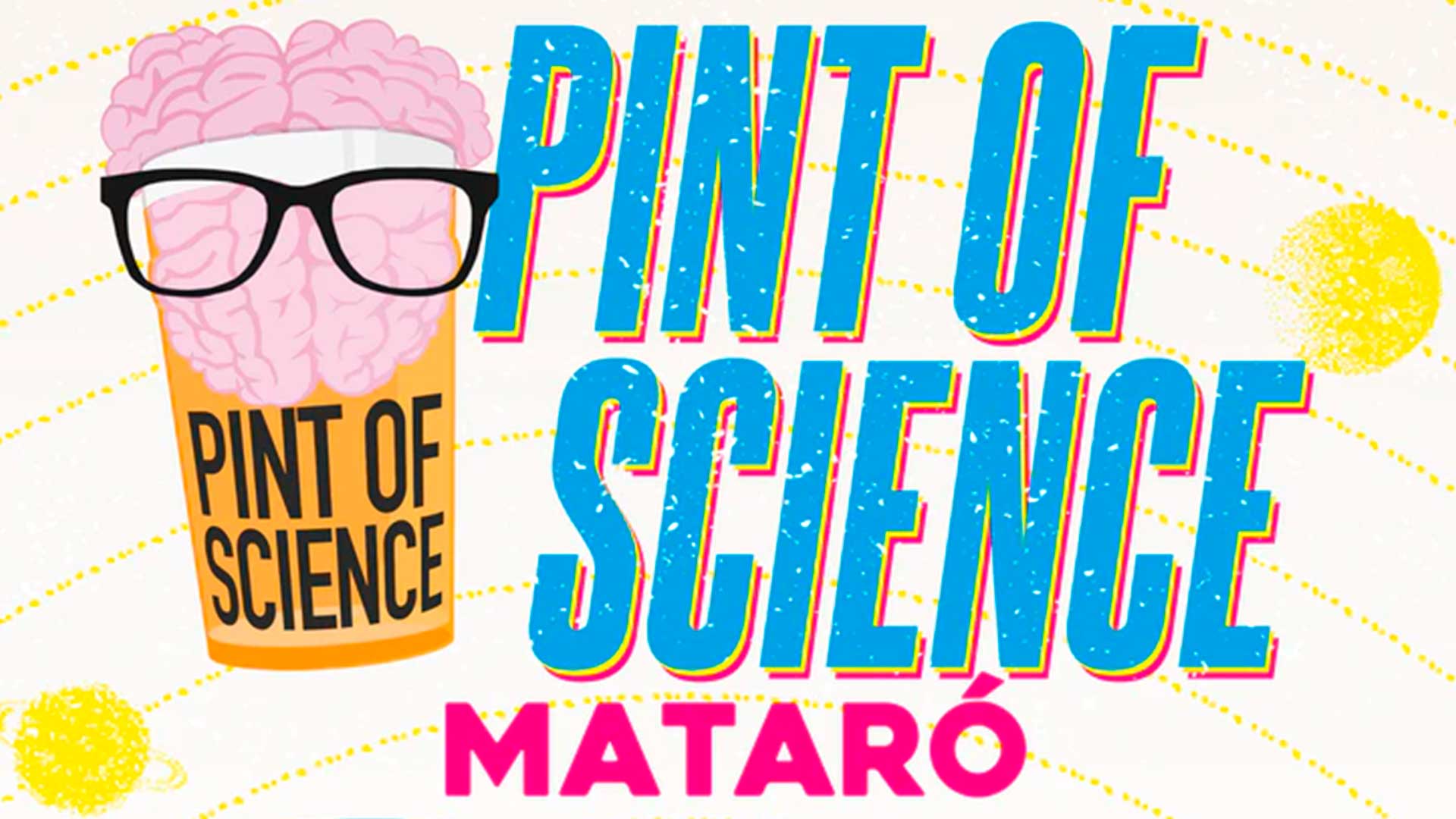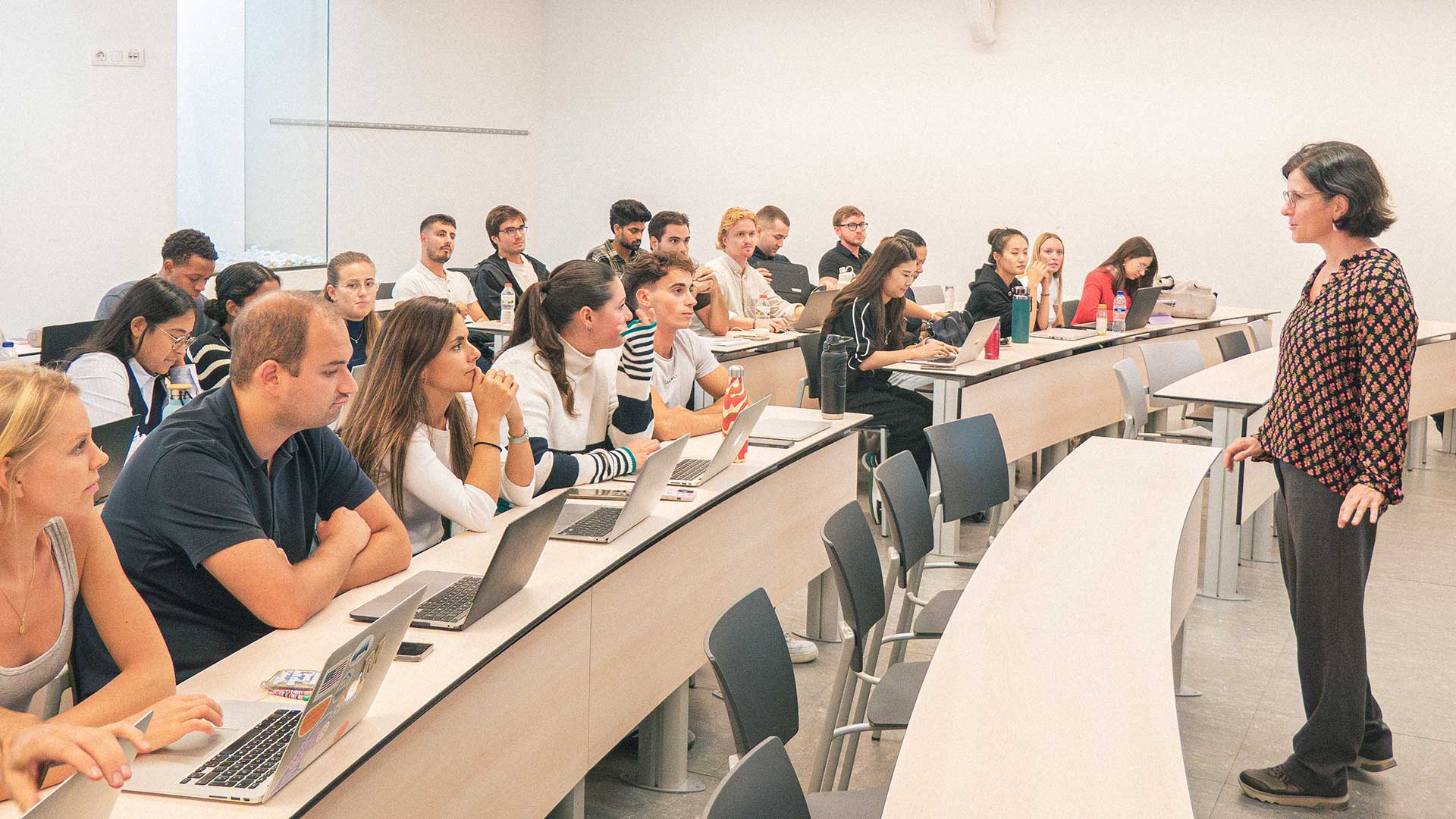Professor Elena Golovko talks about the teaching method that includes a game or a simulation in the classroom, acknowledged as one of the best ways to “empower” students in class. The course “Business game” uses an online business simulation designed to bring together the theory and practice of strategic decision making in the realistic environment of a dynamic organization and industry.

Students of the Master of Science in International Business are put on the board of directors in a global firm and asked to set and implement strategy and make real strategic decisions in different areas of management. The students also have to relate their decisions to financial and non-financial performance outcomes of the simulated company. A big part of the simulation consists in identifying and understanding the mechanisms that link the strategic decisions and subsequent performance, judged by the share price in the simulation. The students not only make decisions; they are also asked to explain and justify their choices using both the knowledge of theories in management and their common sense. Thereby, students practice combating the causal ambiguity, one of the biggest problems in strategic decision-making.
The course consists of 10 sessions, which combine working with simulation and discussion sessions. Students must therefore assume an active and participatory role from the beginning to the end of the course. This implies attendance to class, working (in a team) on the preparation of each decision during the board meetings phase and actively participating in the class discussion during the discussion sessions. The game is played by teams of 4-5 students, as recent experiences in team work indicate that the optimal size of groups should be between 3 and 5 members. During the simulation hour the teams make strategic decisions online, followed by the discussion hour during which the students explain their choices and together with the lecturer evaluate them and select the optimal ones.
The simulation asks students to apply their knowledge of Strategic management, International business, Marketing, Human resources, Logistics, Accounting and Finance to problem solving in a global company. The game is therefore an application of knowledge acquired in their bachelor education or prior courses taken in the master program. In particular, the game addresses international strategy issues, such as understanding competitive advantage of a company in a global competitive environment, decisions on entering new geographic markets, the choices on optimal entry modes and performance implications of these choices.
The simulation used in the course represents with realism the environment of a company in order to generate a valuable learning experience. In particular, it reproduces the ambiguity attached to strategic management of a large internationalized firm in a dynamic environment. It also includes conflicting goals such as financial, societal and organizational outcomes, therefore a lot of room for discussion on some controversial issues such as e.g. sacrificing profits and refocusing from shareholders as main stakeholders in favor of other less powerful stakeholders. The whole course design promotes high levels of interaction between students and lecturers, with students receiving the detailed feedback from the instructor on each round of decision-making.
The game represents a challenge that is stressed by the competition between the teams and the publication of intermediary and final team rankings. It activates students and makes participation in the course much more engaging. The eagerness of the students to do well in the game is reinforced by making part of the final evaluation dependent on the game performance. The use of an intense game as a bonding experience is a common practice in business schools and in other educational contexts. Setting a high level of challenge sets the expectations high and creates a healthy competition for excellence among students.
To perform well in the game, students need to collaborate and interact closely by preparing and understanding the game material, discussing the decisions and coming to an agreement regarding their game choices. Given students’ different cultural, educational and working backgrounds this is a truly enriching experience. Moreover, the game stimulates the development of such skills as teamwork, leadership, negotiation, and communication – the skills that are crucial for developing successful careers in the business world.
A novelty in the 2019-2020 Business game course is the inclusion of a real firm case, in addition to the online simulation. The case is based on a wine producer located in the Barcelona area, COVIDES, and is organized around the issue of internationalization move. The case is presented to students by a guest lecturer, the marketing manager of the firm, who explains the challenge of introducing the new products to the French market. The students are asked to come up with the business plan for this internationalization move, based on the market analysis, analysis of competition and strength and weaknesses of the brands. Specifically, the focus is on the marketing plan that should accompany the internationalization. The students need to decide on the marketing budget allocation taking into account the characteristics of the new market, as well as characteristics of the products to be introduced, and make forecasts in terms of sale projections. The COVIDES case gives an opportunity to students to practice the decision-making in the real-life situation and get a sense of the differences between a model of the firm in the simulation and a real firm. The case discussion also provides a possibility to benefit from the interaction with an expert in the field.
The spring 2020 posed new challenges to the universities in terms of organizing the education online. The Business game online edition is different from on-campus setting in the way the discussion of game choices is organized. Instead of a physical classroom we had an online classroom, yet the same eagerness of students to contribute to the discussion by sharing the simulation decisions, defending their opinions, and sometimes even arguing with each other. It was a different but not less enriching experience.





Leave a message